Planting Catnip - How To Grow Catnip
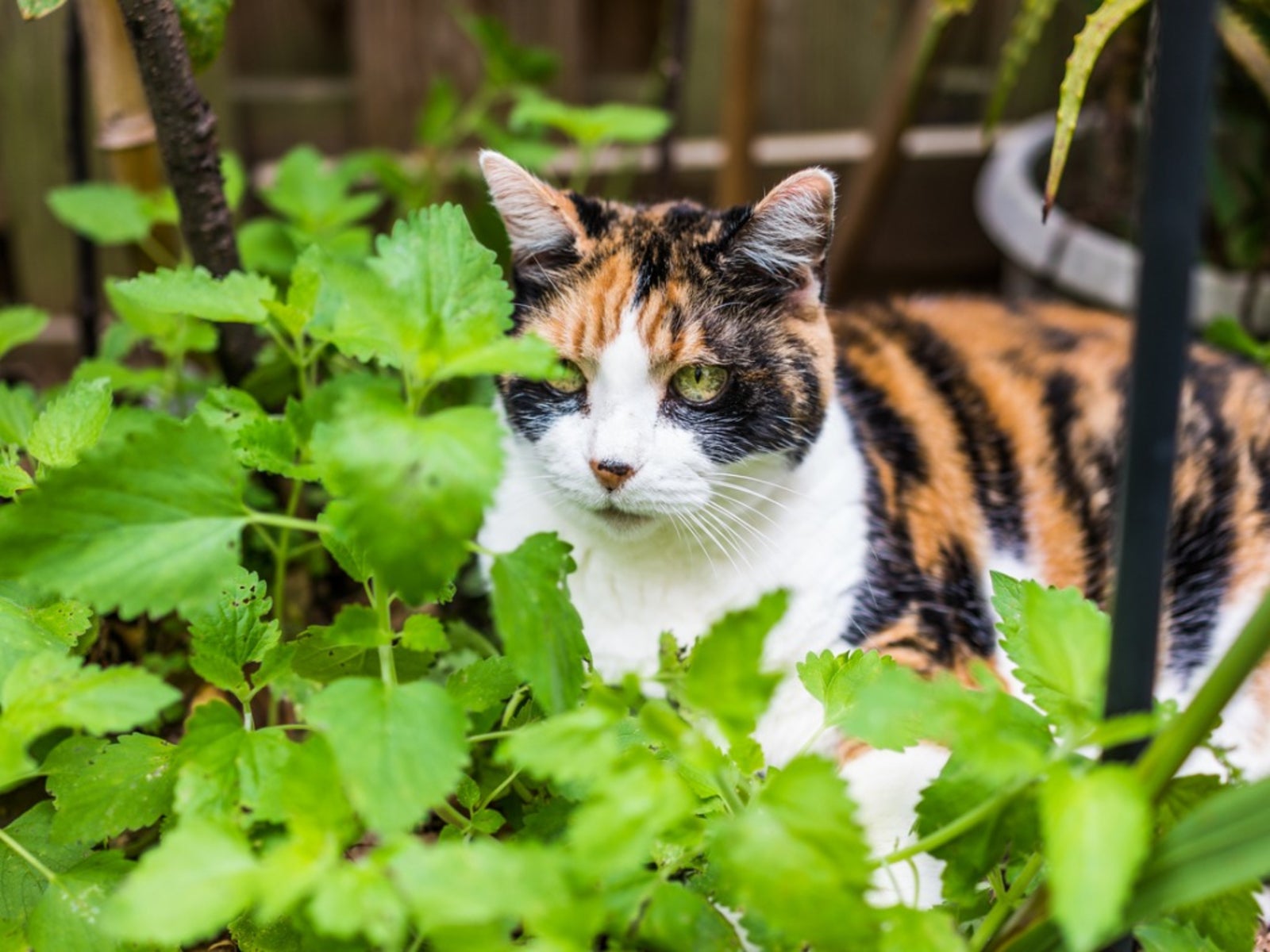

Catnip plants (Nepeta cataria) can help make your garden cat-friendly. The catnip herb is a perennial member of the mint family that is best known for being attractive to cats, but can also be used in soothing teas.
Growing this interesting herb is easy, but there are some things you need to know about how to grow catnip.
Planting Catnip
Catnip can be planted in your garden either from seed or from plants.
If you're growing catnip from seed, you'll need to properly prepare the seeds. Catnip seeds are tough and need to be stratified or slightly damaged before they will sprout. This can be done by first placing the seeds in the freezer overnight and then placing the seeds in a bowl of water for 24 hours. This process will damage the seed coat and will make it much easier for the catnip seeds to sprout.
After you have stratified the seeds, you can plant them indoors or outdoors. Thin them to one plant per 20 inches (51 cm.) after they sprout.
You can also plant catnip from plant divisions or started plants. The best time for planting catnip starts or divisions is in either the spring or fall. Catnip plants should be planted 18 to 20 inches (45.5. to 51 cm.) apart.
Growing Catnip
Catnip herb grows best in well draining soil in full sun, but it will tolerate partial sun and a wide variety of soil types.
Gardening tips, videos, info and more delivered right to your inbox!
Sign up for the Gardening Know How newsletter today and receive a free copy of our e-book "How to Grow Delicious Tomatoes".
Once catnip plants are established, they need very little in the way of care. They don't need to be fertilized, as fertilizer can decrease the potency of their smell and flavor.
They only need to be provided with water beyond rainfall if you are growing catnip in pots, or if you are having drought conditions.
Note: Catnip can become invasive in some areas, so you may need to take steps to control it. Catnip plants spread readily by seed, so in order to control its spread, you'll need to remove the flowers before they go to seed.
Growing catnip can be rewarding. Now that you know a few facts about how to grow catnip, you (and your cat) can enjoy this wonderful herb.

Heather Rhoades founded Gardening Know How in 2007. She holds degrees from Cleveland State University and Northern Kentucky University. She is an avid gardener with a passion for community, and is a recipient of the Master Gardeners of Ohio Lifetime Achievement Award.
-
 Try The Trend – Turn Any Bed Into A Keyhole Garden With This Clever In-Ground Composter
Try The Trend – Turn Any Bed Into A Keyhole Garden With This Clever In-Ground ComposterKeyhole gardening is an efficient and sustainable practice that saves space. Get started on this DIY project quickly and easily with an in-ground composter.
By Bonnie L. Grant
-
 4 Superfast Composting Methods: Turn Waste Into Garden Gold In 30 Days Or Less
4 Superfast Composting Methods: Turn Waste Into Garden Gold In 30 Days Or LessTry the fastest composting methods to turbocharge your pile and transform kitchen scraps and garden waste into finished compost in just a few weeks.
By Mary Ellen Ellis
-
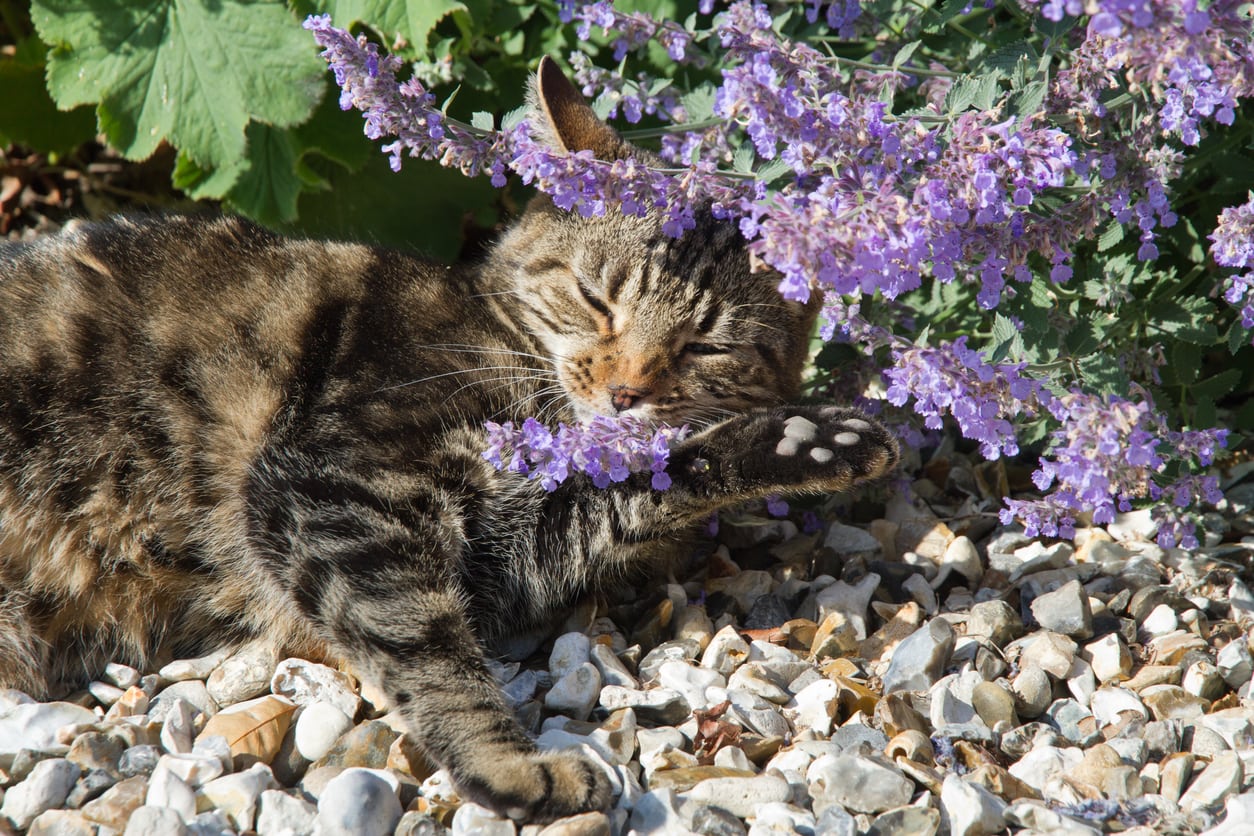 Catnip Winter Care – Is Catnip Winter Hardy
Catnip Winter Care – Is Catnip Winter HardyEven if you don’t have cats, catnip is a perennial herb that is easy to grow and attracts bees and other pollinators. You can even make a tasty and stomach-soothing tea from it. Depending on where you live, winter can be a little harsh on your catnip, so learn how to protect it here.
By Mary Ellen Ellis
-
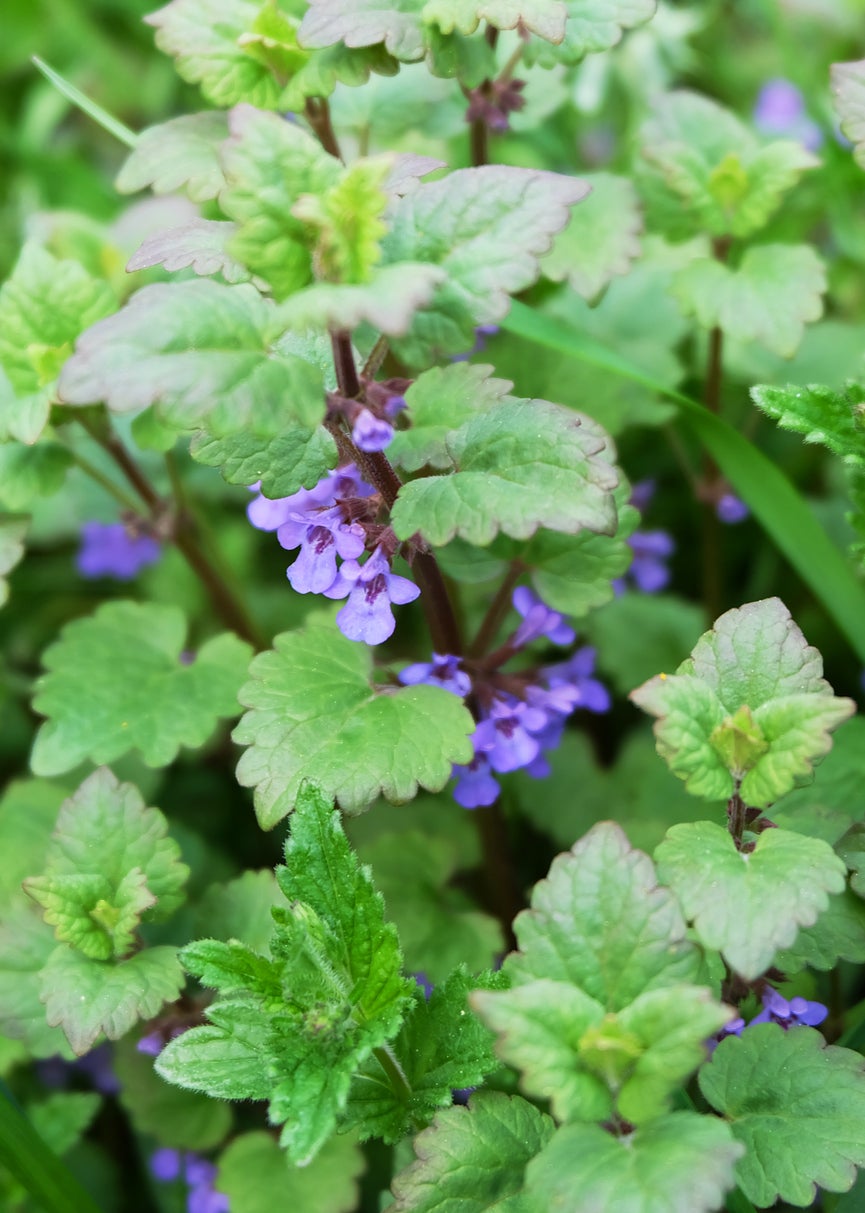 Cutting Back Catnip: Should I Prune Catnip Plants
Cutting Back Catnip: Should I Prune Catnip PlantsCatnip is a no-fuss, easy-to-grow member of the mint family that requires little maintenance. What about pruning catnip plants though? Is cutting back catnip necessary? Click here to find out about pruning catnip plants and, if need be, how to prune catnip.
By Amy Grant
-
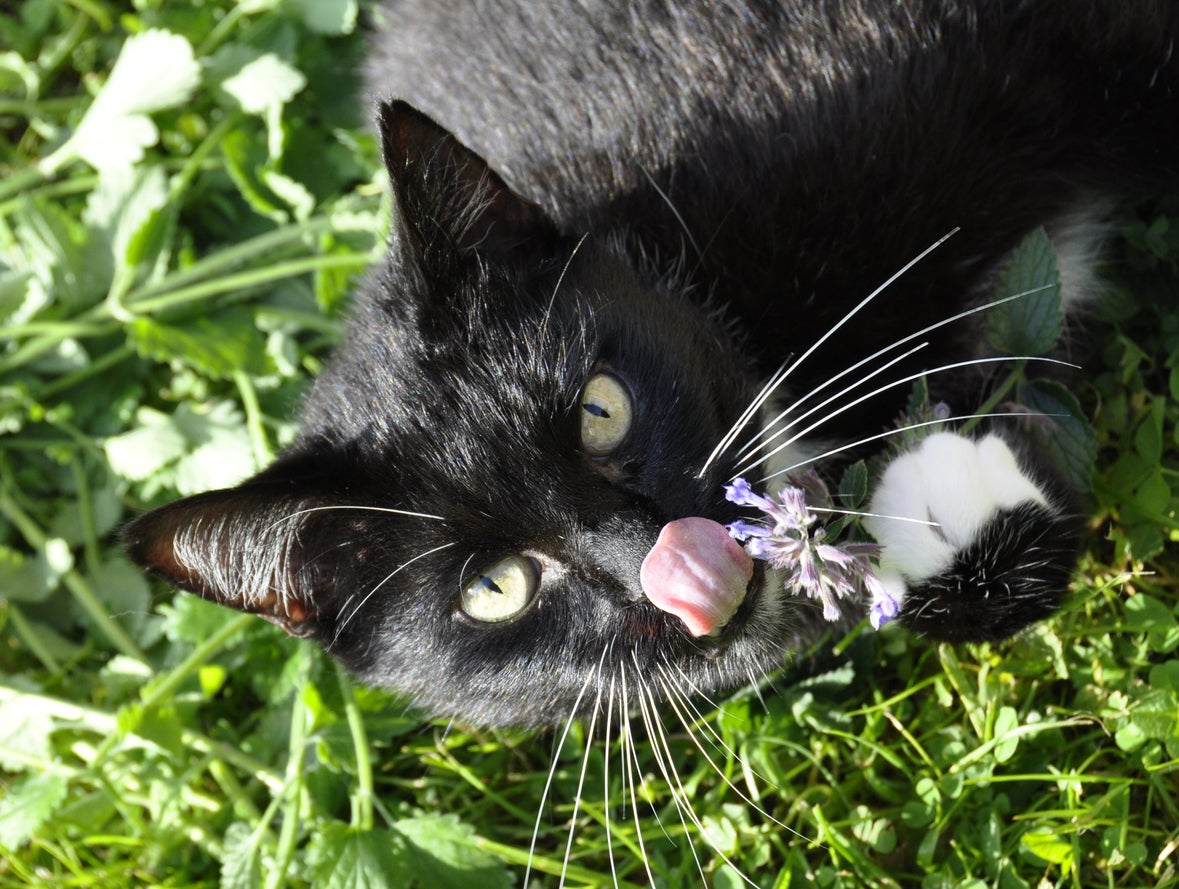 Planting Catnip For Cats: How To Grow Catnip For Cat Use
Planting Catnip For Cats: How To Grow Catnip For Cat UseIf you have cats, then you are more than likely to have given them catnip or have toys for them that contain catnip. As much as your cat appreciates this, he/she would love you even more if you provided them with fresh catnip. Learn about planting catnip for cats here.
By Amy Grant
-
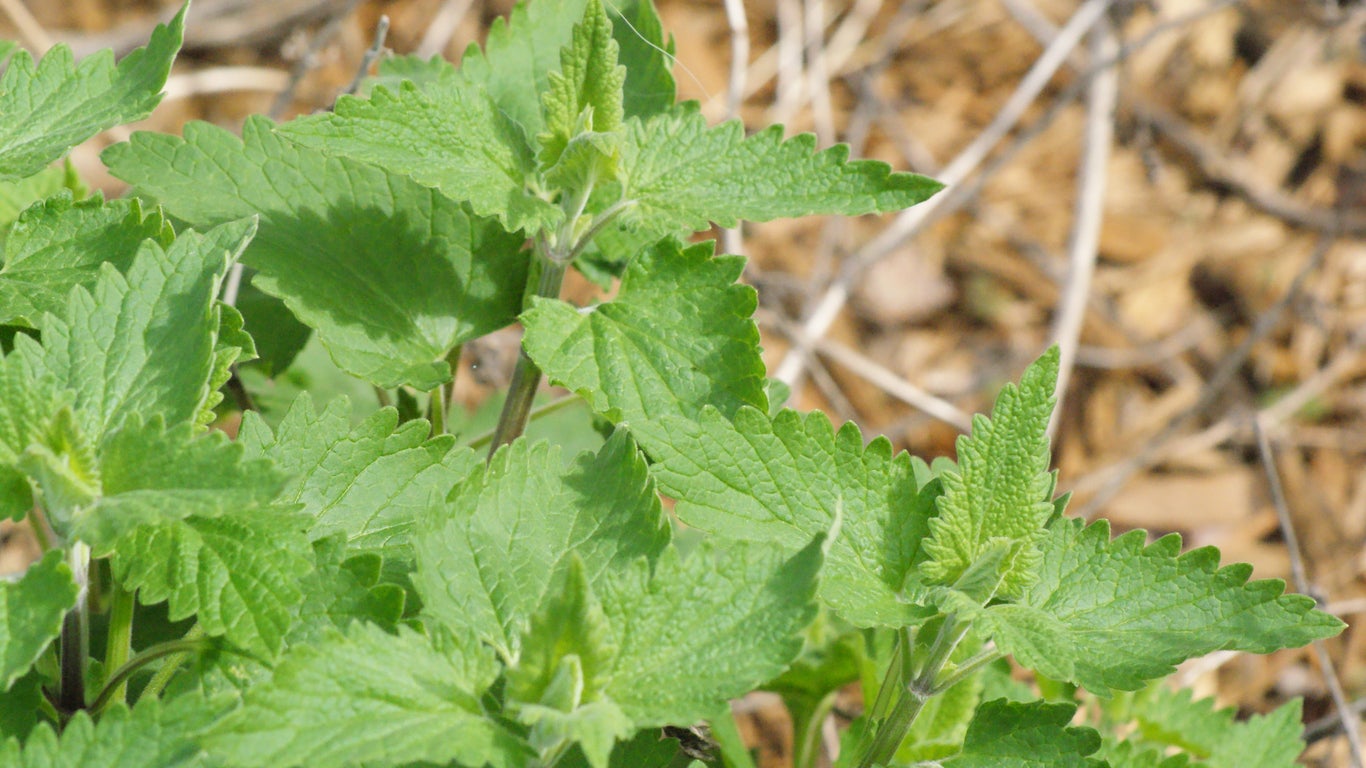 Treating Catnip Diseases – How To Manage Problems With Catnip
Treating Catnip Diseases – How To Manage Problems With CatnipThere are few issues that will seriously affect the plant's health. They take quite a lot of abuse from overly interested neighborhood felines. However, if your plant looks sick, fungal issues are probably the most common diseases of catnip. Learn more here.
By Bonnie L. Grant
-
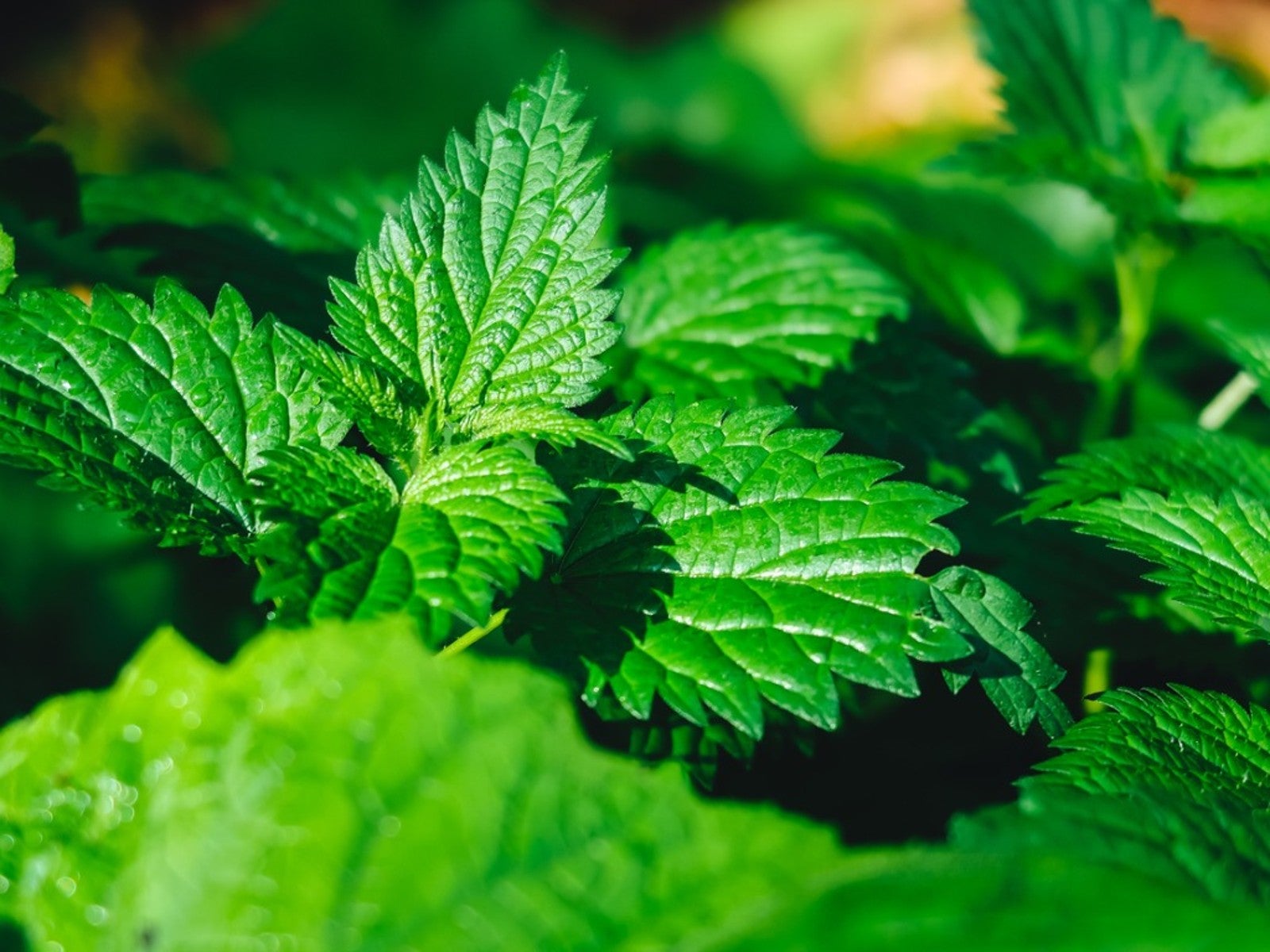 Catnip Propagation Methods – Tips For Growing New Catnip Herb Plants
Catnip Propagation Methods – Tips For Growing New Catnip Herb PlantsDoes kitty love her catnip toys? Well then, perhaps you should grow your own catnip herb plants. Don’t know how to propagate catnip? Growing new catnip plants is easy. Click on the following article to find out about catnip propagation.
By Amy Grant
-
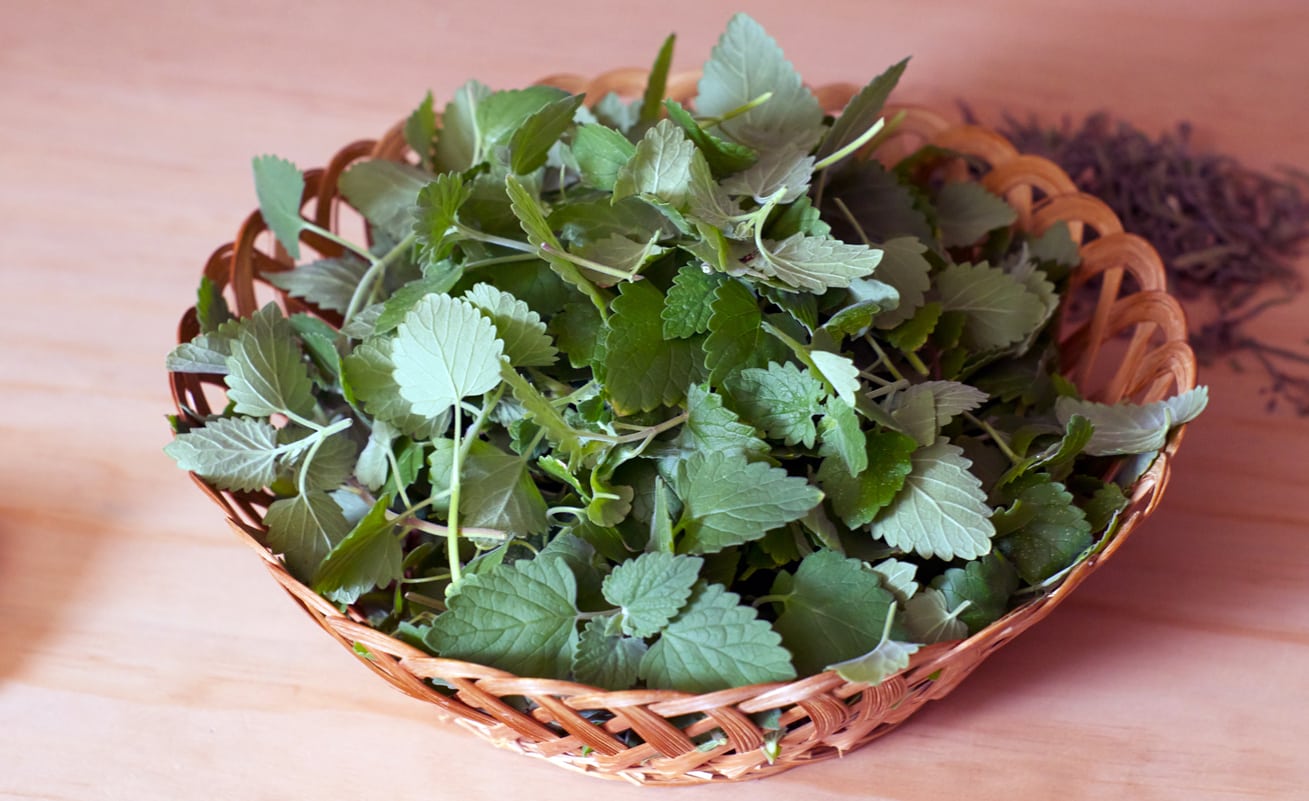 What Is Catnip For: Learn About Various Uses For Catnip
What Is Catnip For: Learn About Various Uses For CatnipThe name says it all, or almost all. Catnip is a common herb that you can cultivate in the garden but that also grows wild. Knowing how to use catnip means you can put this plentiful herb to good use for both you and your feline friends. Learn more in this article.
By Mary Ellen Ellis
-
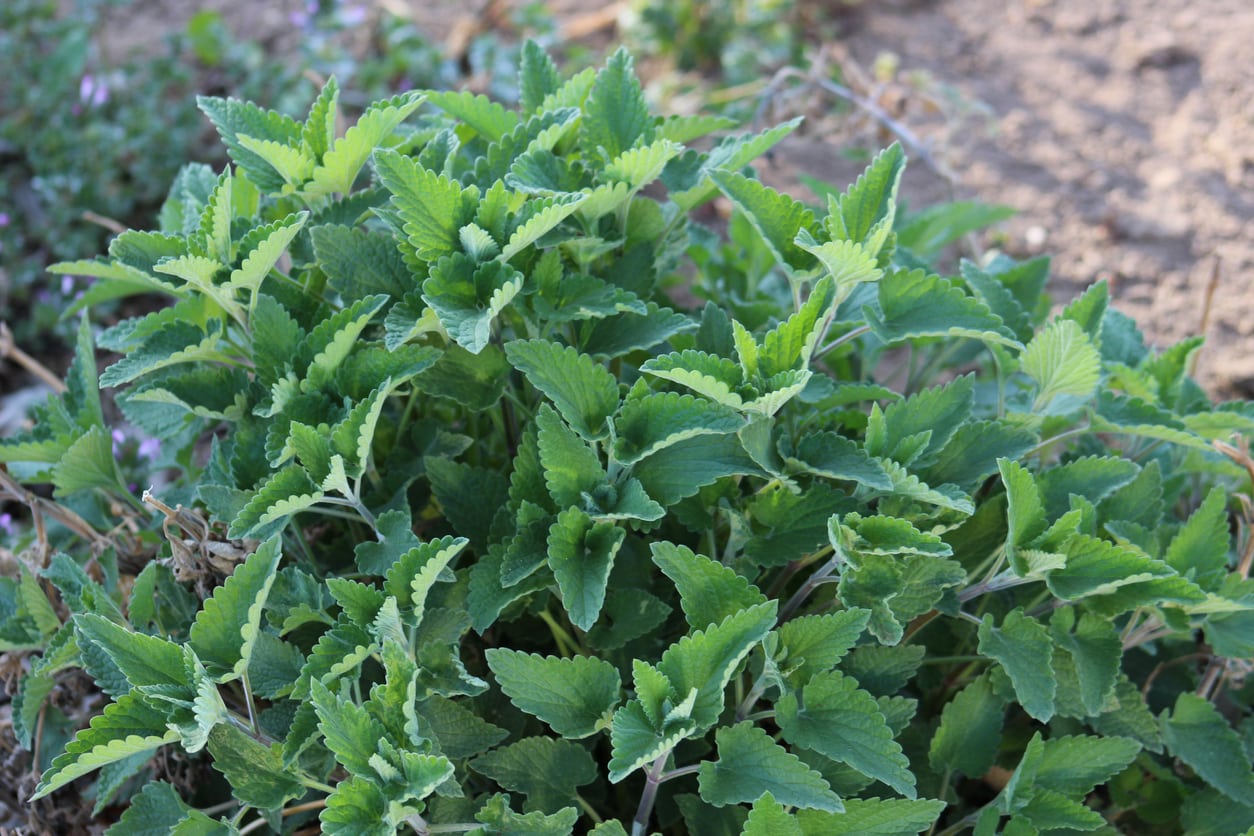 Catnip Plant Varieties: Growing Different Species Of Nepeta
Catnip Plant Varieties: Growing Different Species Of NepetaCatnip is a member of the mint family. There are several types of catnip, each easy to grow, vigorous and attractive. Learn more about the various types of catnip plants that you can add to your garden here in this article.
By Bonnie L. Grant
-
 Dogs And Catnip – Is Catnip Bad For Dogs
Dogs And Catnip – Is Catnip Bad For DogsCats and dogs are opposite in so many ways that it is no surprise that they react differently to catnip. While cats delight in the herb, rolling in it and becoming almost giddy, dogs do not. So is catnip bad for dogs? Can dogs eat catnip? Find out in this article.
By Teo Spengler